Chen, Lin, Lee: the past three world #1s prepare to converge on Olympic gold in Rio but which one will take it and who else might sneak in?
By Aaron Wong. Photos: Badmintonphoto
Men’s singles badminton is where the fanaticism is most intense and it is tricky to preview accurately because six of the top 10 decided on a break earlier, a significant percentage that wasn’t applicable to the other four disciplines. So, as a form guide, we can only evaluate up until the Thomas Cup to 1st week of June. The realistic possibility of an all-Chinese men’s singles final is less than an all-Chinese women’s singles final.
The frontrunner: an elevator pitch
Let’s start with bestselling author Malcolm Gladwell, who popularised the concept of blink, which is about making an expert spontaneous judgement on a topic upon first impression, in order to cut through many perspectives with some method.
At a blink, if you’re able to be unbiased, the man who is the outright fastest and furthest riser through the world rankings during the Olympic qualification period and has ascended to world #1 should therefore be the clear and obvious frontrunner. The basic background illustrates somebody who’s a force to be reckoned with and momentum leading into the competition. In other words, compared to the four years he did maintain the #1 spot up until London, this particular player constitutes a much more credible threat, having leapt those 179 spots to #1.
That he rebounded from a low of #180 on June 18th 2015 to regain, on June 11th 2016, what had long been his adds another layer which is a history of robust quality.
This man is Malaysia’s Lee Chong Wei (pictured) and knowing the name in all likelihood instantly adds unconscious biases, such as patriotism or marketing appeal or rival dislike. A doping suspension had forced Lee to relinquish the world #1 status temporarily thereby allowing long time world #2 Chen Long of China to take his place, but the Malaysian has since taken it back. This fact reveals something of their rivalry but is mostly about their superiority over the rest.
What’s more is that Lee has added reinvention (learn its importance in the women’s singles preview) in the smash department, very evident in the 2016 Malaysia Open final. The volume of successful smash winners against a tall in position and in balance #1 seed opponent in men’s singles almost defies belief, not to mention Lee also took out four top 10 players and all five rounds were sealed in straight games.
What’s the fuss?
Two-time Olympic gold medallist and defending champion Lin Dan, also of China, is the current world #3. Most people desperately want to see one of these three win. Lee was the previous silver medallist to both of Lin’s golds and Chen earned bronze the last time around. A lot is at stake because a win for Lee or Lin are the stuff of fairytales and raised to hysteria levels brought about by being the most advertised faces in badminton during the Youtube era.
For Lee, the rewards are validation and self-esteem so he has the most to prove. For Lin Dan, it is rendering his GOAT (greatest of all time) reputation untouchable into the future. A gold for Chen Long (pictured top) would be a generic signal of China’s continued dominance and also might give himself a reason for measuring out the length of the second half of his career.
Grouped together with…
Out of the three top seeds, Lee Chong Wei is the most certain to be semi-finals bound considering that his main obstacle up to that point is Chou Tien Chen (pictured) of Chinese Taipei, whom he has beaten twice already this year in straight games.
For there to be a Lin Dan versus Lee Chong Wei semi-final bout, Lin will be preparing to deal with Jan O Jorgensen (pictured below) first because the world #5 Dane is hotter than Srikanth Kidambi lately and should surmount those two seeds’ Round-of-16 tussle. Although Lin has the edge, it’s a difficult one to call and definitely one to watch as soon as it is confirmed on the schedule.
Despite being the world #2, Chen Long hasn’t titled in the eleven months since winning the last Denmark Open. He ought to clear his Group P situation but even in there lies the booby trap that is Kevin Cordon, the Guatemalan best known for having prevented Chen from advancing past Round 1 at the 2011 World Championships.
Looking further afield, the best shuttlers in his path have beaten him this year so he will be hoping Korea’s Son Wan Ho won’t definitely be the one he has to face at the quarter-final stage, nor Denmark’s Viktor Axelsen in the semi-finals.
On the four occasions Chen has contested a final since Denmark, he was stopped short by Lee Chong Wei thrice and Lin Dan once, mostly this calendar year. It’s all uphill for the second-seeded Chinese star, to say the least.
Climb ev’ry mountain
‘Anybody can beat anyone else in top men’s singles badminton’ is a misleading soundbite propagated by players who are lazy at mixed zone interviews and not the whole truth. Instead, a useful frame of mind is that the top 10 are all capable enough, depending on the draw, of becoming the champion.
Each man discovers a mountain in different men. For example, believe or not, Chen Long only defeated Lin Dan for the first time as recently as last year on the eighth attempt whereas he gained victory over Lee Chong Wei back in 2009 and has repeated it eleven more times including becoming World Champion at the expense of the Malaysian.
Kento Momota is sadly missed on the circuit as the most exciting performer behind Lee this year. Without the young talented Japanese in the Olympic draw, it opens up a genuine chance for another young star, Denmark’s Viktor Axelsen (pictured right), to medal. The two most recent World Junior Champions to reach the top ten, Axelsen and Momota happen to be two consistently exceptional youngsters coming on the scene at exactly the same time and in blossoming concurrently one would likely deny the other of title glories that would otherwise be theirs – not unlike the Lin-Lee comparisons.
Three or more variables
What’s a rather scientific way of determining who shall win, knowing full well that everybody’s capability is high while style differences, rate of improvement, levels of determination, and the recent extended break play a significant part?
Whomever you have in mind, see whether you can tick at least three variables from the list. The more ticks for the athlete, the more likely he is to advance. It’s a set of criteria that works for both men’s disciplines but with singles having a larger pool who can medal, it makes the exercise more worthwhile.
- Ability to reverse a deficit within a game
e.g. 2015 Australian Open R32 Game 3 - Consistent strong form in the Olympic year
e.g. Lin Dan’s British Trinity - Peaking during the Olympic week
- Strong starter & strong finisher of matches
- Ability to acclimatize to new court conditions easily
- Prior match victories against top 5 players at biggest events (World Championships, Sudirman Cup, Thomas Cup or Olympic Games) e.g. 2016 Thomas Cup QF Korea vs. China
- Good at converting 19-19 or deuce situations or saving match points. e.g. 2016 Indonesia Open Final Game 2
- Fast improver this year
In the age where every man is vulnerable as well as capable, would you agree Lee Chong Wei and Lin Dan still tick most of the boxes with Chen Long, Viktor Axelsen, Jan Jorgensen and Son Wan Ho (pictured above) at least three? Do review your list again on August 11 for who’s eligible for an extra tick, namely against point number 3.
Don’t overlook others in the 30+ years old club can fly under the radar and pick up a tick for number three, thence accumulating three ticks too. One-off solid performances are well within the range of Sho Sasaki, Boonsak Ponsana, Hu Yun and Brice Leverdez. There is nothing more frustrating than playing against somebody with a there’s-is-nothing-new-under-the-sun attitude especially when impatience, perhaps born of arrogance, takes hold.
Click here for a photo draw with links to select head-to-head records
![OLYMPIC MS 2016 PREVIEW – Gold requires fulfilling three or more criteria Chen, Lin, Lee: the past three world #1s prepare to converge on Olympic gold in Rio but which one will take it and who else might sneak in? By Aaron […]](http://www.badzine.net/wp-content/uploads/ngg_featured/IU5G5184_rotator.jpg)
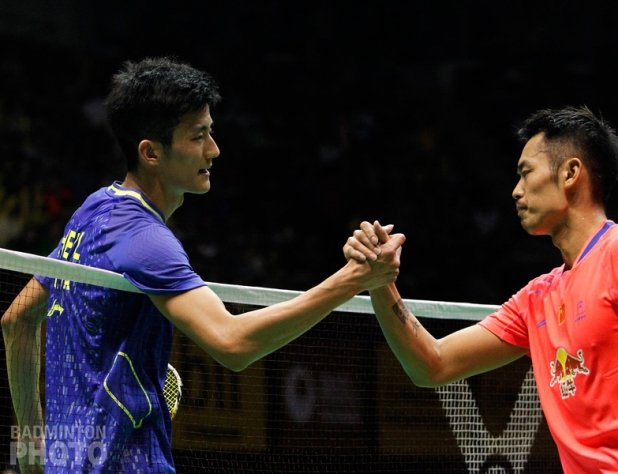
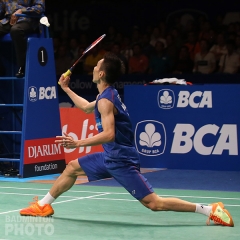
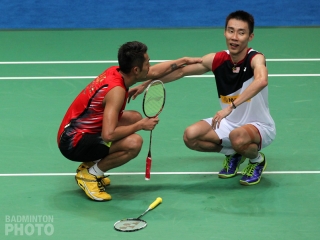
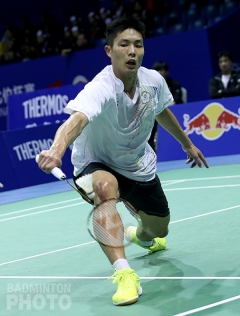
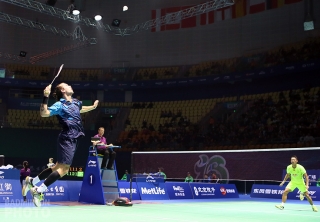
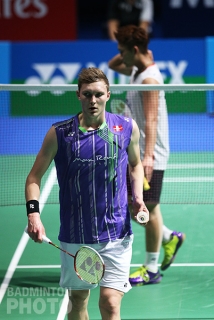
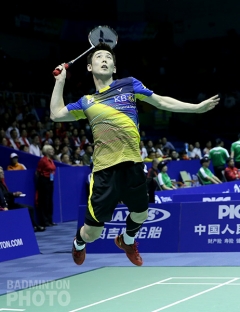
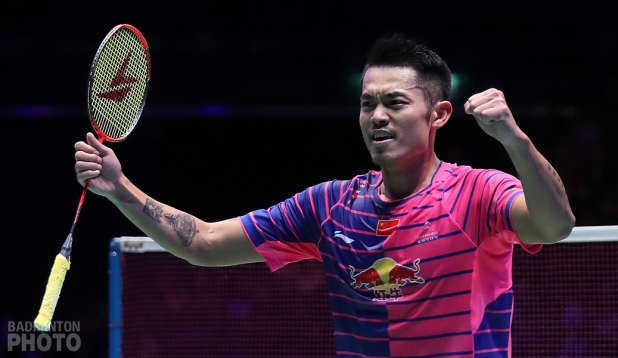
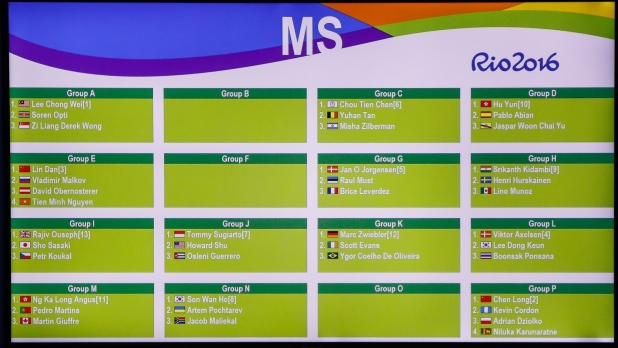

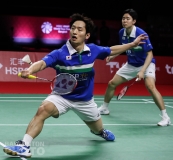
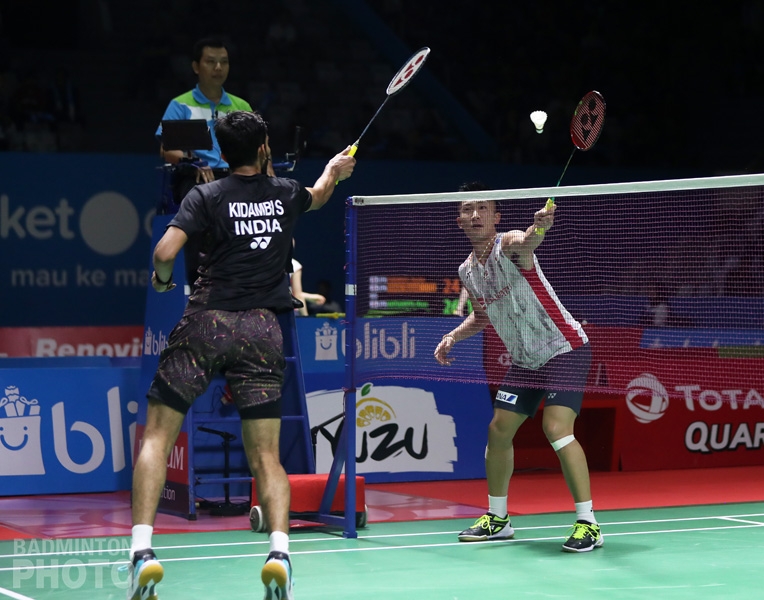
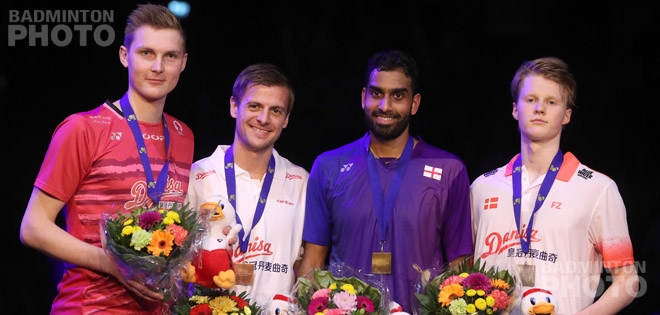
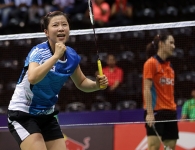
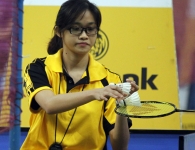
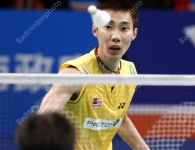
Leave a Reply